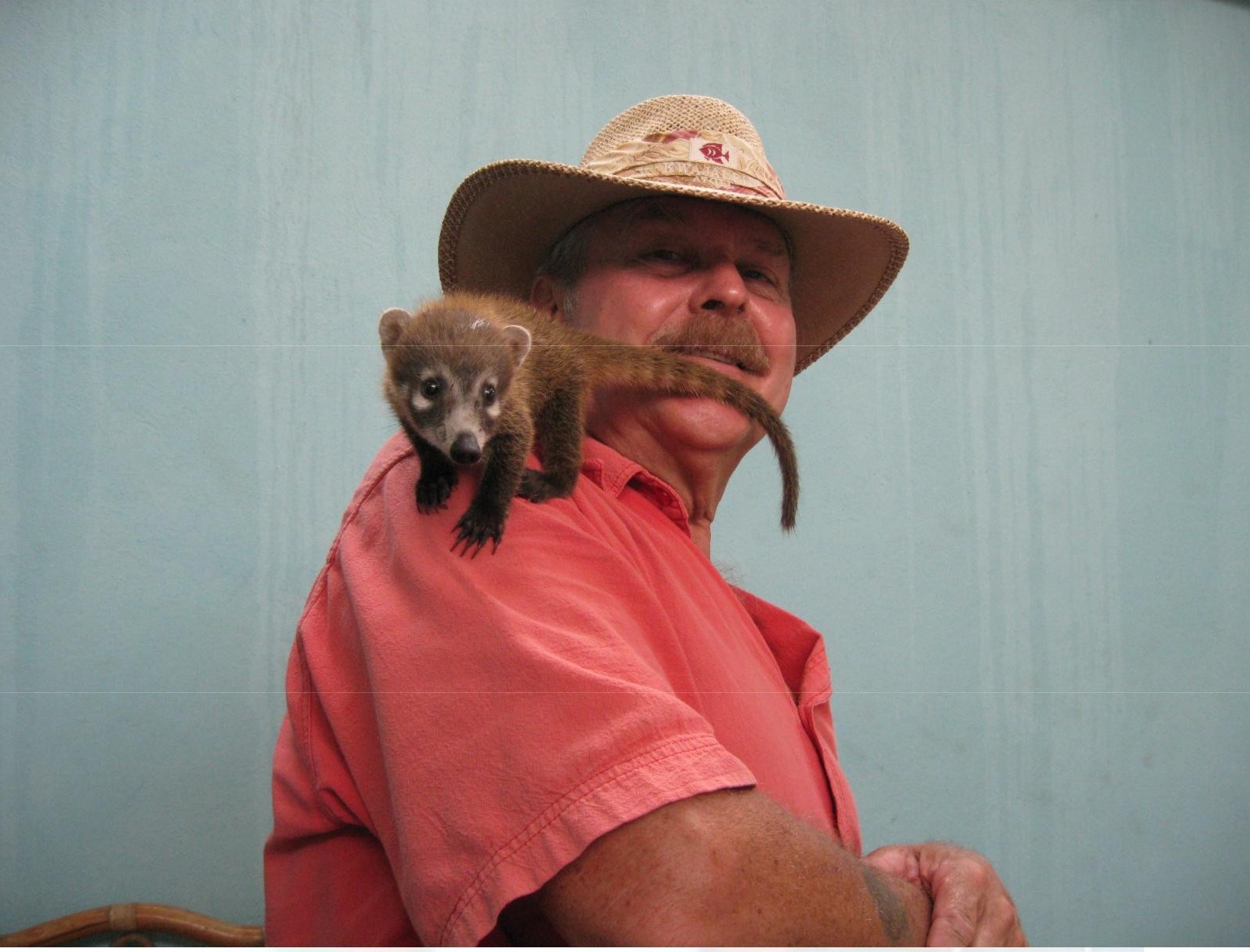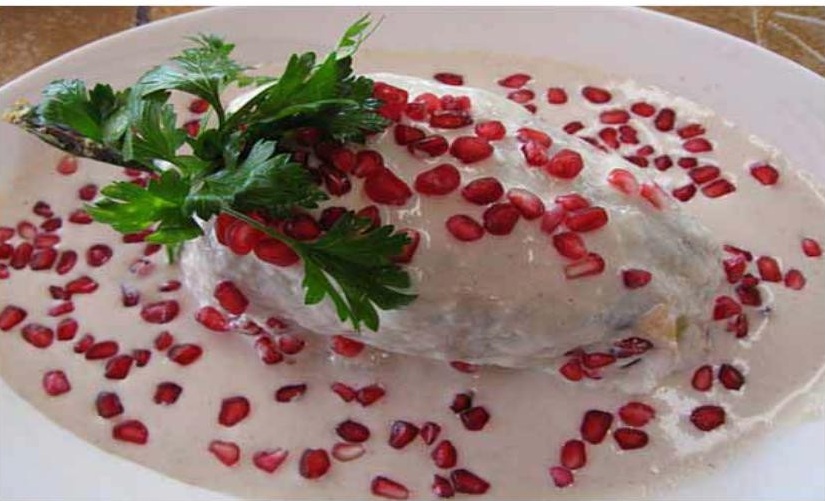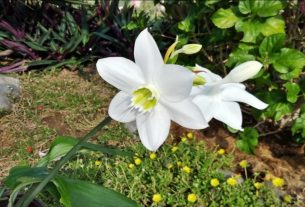By Tommy Clarkson from the September 2010 Edition

There I was, waiting to get my muffler fixed when the young son of my mechanic brought out a small and active pile of soft fur, boasting a cute, longish snout and four very busy legs that, though still those of an animal infant, were already tipped with sharp, lengthy claws. Admiring him, I was looking closely into his cute little face, enjoying his activity and listening to his high pitched, frequent, peeping-chirps. Then all of a sudden, somehow, I understood what he was saying as he quietly spoke to me, “I say again, Hi ya’ mister! So how ya’ doing?” So startled was I that I almost dropped him.
Now some who know me are aware that I recently become quite pleased to learn that I understood hummingbirdese and, not long thereafter, became aware that I’m relatively fluent in the lingo of Mexican crocodīlus. But I had no idea I spoke any of the Coati dilects.
Covering my surprise rather well I think, I inquired of the small package of energy climbing all over me, “You’re a baby tejón aren’t you,” As talkative as he was active, the little chatterbox squeaked, “Yep, that I am. In fact, my mother told me that we’re the handsomest members of several species in the raccoon family. You knew, didn’t you, that tejón means badger?” On he prattled, “But we’re also called Brazilian aardvarks, hog-nosed coons, pizotes, and – what my grandmother calls me – snookum bears. Now if you wanta’ get technical I’m a little White-nosed Coati.”
Then with no little pride he added, “Our Latin name is Nasua narica, but we’re also known as antoons or adult males of my species are sometimes called coatimundi. That’s a term that I understand was derived from the Paraguan Tupi language.”
Without taking a breath he giggled, “Now normally, we don’t live in muffler shops. We prefer “out in the world” where we’re good tree climbers where our good looking tails come in handy helping us keep our balance. But generally my family and I forage on the ground.”
He stopped long enough to look me in the eye before continuing, “Most of my kin live in wooded areas anywhere from sea level to 3,500 m (11,500 ft). I’ve got cousins as far north as southeastern Arizona, New Mexico and Texas. Heading south I’ve a great aunt who lives with her family down in Ecuador.”
He crawled across my shoulders and said, “ My Dad says we’re pretty much ‘steak and potato sorts’ as we’re omnivores, you know, the family like to eat all that good stuff like lizards, snakes, earthworms, insects, snails, mice, fruit, nuts and leaves – we call it ‘Trail Mix with an attitude!”
With obvious pride he cocked his head and puffed up his tiny chest before he said, “And, as you may have already suspected, we’re pretty easily domesticated and scientific research has confirmed that we’re quite intelligent.
He stuck his nose in my ear and then continued, “We generally prefer to look for our meals and play during the day and, like you, sleep at night – often in our favorite tree in (I’m embarrassed to admit) a somewhat crudely-built sleeping nest, unless there are problems and then we can do our chores nocturnally.”
“Dad, like all of his adult male acquaintances are solitary sorts. But females and sexually immature males,” he seemed to blush, “(I don’t know what this means but I heard my Mom say it) form social groups. We use quite a variety of vocal signals to communicate . . . but you need to know that not everyone speaks human like I do!
“Let’s see, what else might you like to know about us,” he rhetorically ask but then went on without waiting for my answer, “We like to groom each other with our teeth and claws – that’s why we look so neat and clean! Oh, and when the adults are out looking for food we cubs are left with a pair of babysitters.”
He climbed down my arm before seriously describing
“While the men of our species can be almost twice the size of the ladies, we average a length of 33 to 69 cm (13 to 27 in) from head to the base of our quite handsome tails – which can be as long as our bodies. We’re about 30 cm (12 in) tall at the shoulder, and weigh between 3 and 8 kg (6.6 and 18 lb). That’s about the size of a large housecat”.
He scrunched up his face in concentration and then added, “As you can see we all have slender heads with an elongated – and might I say very fine looking – flexible, slightly upward-turned noses, small ears, and dark feet. We use our non- prehensile tail not only for balancing, as I mentioned earlier, but for signaling as when we hold them erect to keep troops of us together in tall vegetation.”
Back in my lap, he went on, “Like raccoons and bears we also like you – are non-retractable.” Oh and I almost forget”, he quickly added, “ we’re somewhat double-jointed and our ankles rotate beyond 180° so we can climb down a tree head-first. See if your dog can do that!”
Wiggling his snout he said, “See, my nose is extremely flexible and can be rotated up to 60° in any direction so we can push things around with it if we wish or rub parts of our bodies that might itch! Pretty handy, that!”
And with that he nodded adieu, and scampered off to explore other parts of the garage with three human cubs in hot pursuit!
Download the full edition or view it online
—
Tommy Clarkson is a bit of a renaissance man. He’s lived and worked in locales as disparate as the 1.2 square mile island of Kwajalein to war-torn Iraq, from aboard he and Patty’s boat berthed out of Sea Bright, NJ to Thailand, Germany, Hawaii and Viet Nam; He’s taught classes and courses on creative writing and mass communications from the elementary grades to graduate level; He’s spoken to a wide array of meetings, conferences and assemblages on topics as varied as Buddhism, strategic marketing and tropical plants; In the latter category he and Patty’s recently book, “The Civilized Jungle” – written for the lay gardener – has been heralded as “the best tropical plant book in the last ten years”; And, according to Trip Advisor, their spectacular tropical creation – Ola Brisa Gardens – is the “Number One Tour destination in Manzanillo”.




You must be logged in to post a comment.